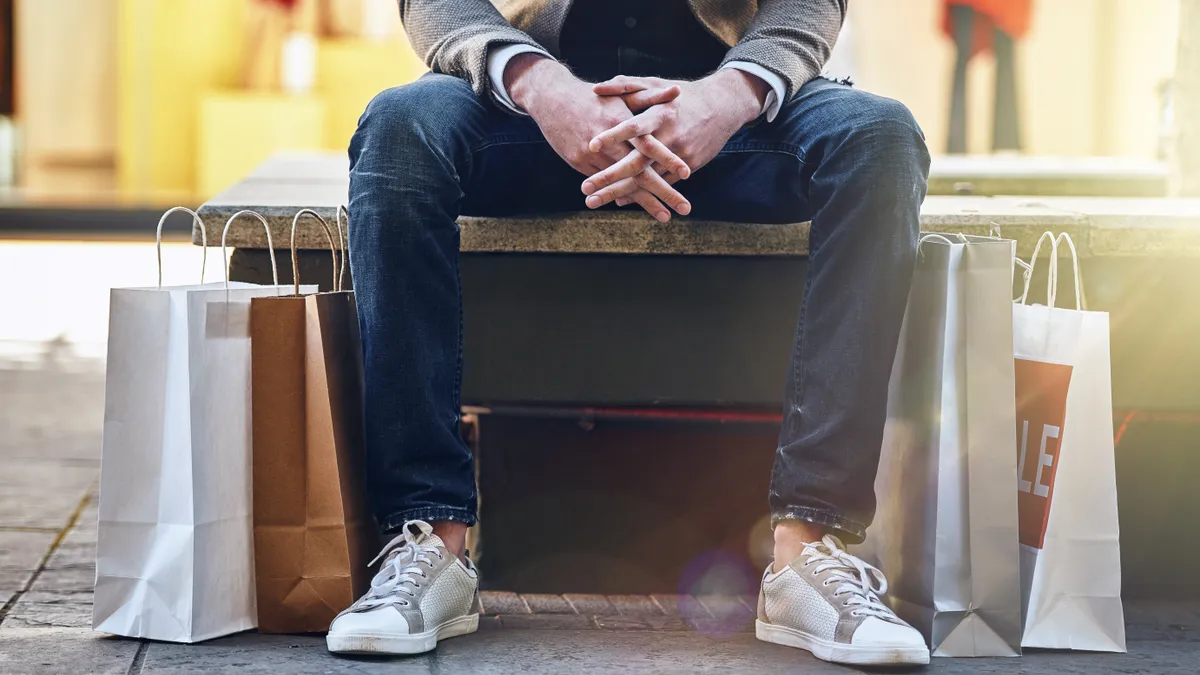In retail, the sale isn’t the end point of customer conversion. In today’s omnichannel environment, retailers must follow through with a good supply chain experience to ensure the shopper's emotional fulfillment.
“At the heart of every customer experience is fulfillment. It’s not until the order is actually in their hands and they’re happy with the entire process—from beginning to end—that the essential emotional aspect of the transaction is fulfilled,” declares a new point-of-view paper from IBM called "Deliver happiness: Engage, convert and fulfill your way to a differentiated customer experience–again and again."
The efforts and expense that precede a transaction—branding, advertising, marketing and promotional incentives—are wasted if customers aren’t satisfied with the way their order is delivered into their hands, to their door or to a pickup location.
Propelling a virtuous cycle
"Fulfillment can be more important than the initial marketing outreach or the actual purchase because customers tend to most vividly remember the last thing that happened to them," says Jeff Geoffroy, global product marketing manager for IBM Watson Commerce. "A poor fulfillment experience acts like a leak in a bucket. You pour in marketing spending on the front end, but you lose some of those customers because they’re not satisfied with the follow through on the fulfillment end."
Conversely, a positive fulfillment experience ignites a virtuous cycle that makes marketing expenditures more efficient. A retailer builds trust and loyalty as the customer has multiple good experiences with the purchasing process from beginning to end. The next step is advocacy, Geoffroy explains. "When customers tell their friends and family about your brand, they’re driving future business, which reduces customer acquisition costs," he says.
A McKinsey Quarterly article titled "Building omnichannel excellence"1 addressed the importance of inventory visibility to retail fulfillment. "A company needs to be able to see inventory across channels, and potentially across companies, so that it knows where products are available and how fast it can get them to customers. New software solutions aim to integrate the business processes, systems and stock files across companies to eliminate inefficiencies and maximize sales," the McKinsey analysts wrote. "Combined with a strong distributed order management system to determine the optimum node from which each order should be fulfilled, such systems make inventory more accessible. And that means better service, more sales and lower costs."
Consumers drive supply chain decisions
To the consumer, a retail brand should provide one seamless experience, regardless of the channel the customer is interacting with. An Ipsos/Medallia survey2 of 8,000 adults in the US, UK, France and Germany found that 56% of online shoppers and 49% of retail store shoppers expect consistent levels of service across physical and digital channels.
Consumers are demanding new approaches to fulfillment because e-commerce has exposed the once-hidden supply chain. Shoppers can now weigh a retailer’s fulfillment capabilities when considering a purchase, making fulfillment a competitive asset or liability. And developing global inventory visibility is a prerequisite to delivering on all of these new customer expectations in fulfillment, Geoffroy maintains.
Enabling consumers to track online orders is becoming table stakes. In its most recent Customer Experience/Unified Commerce Survey3, Boston Retail Partners found that 73% of US consumers want to be able to track orders "across all points of interaction."
A 2018 YouGov survey4 of more than 6,000 consumers in the US, UK, France and Germany found that 78% of online shoppers expect to receive updates on the status of their orders once they’ve made a purchase.
Consumers are anxious for retailers to fill the gaps between e-retail and the physical realm. According to a January 2019 Forrester Consulting thought leadership paper commissioned by IBM, "79% of online adults say it’s important for a retailer to offer visibility into items that are available in their physical store, and 34% say they are less likely to even visit a store if its inventory is not available online." Forrester also found that almost one in five US shoppers will "always" choose the option to buy online/pickup in-store (BOPIS) when it is available.
Retailers are well aware of these trends. Forrester surveyed 300 fulfillment decision-makers in North America and Europe, revealing that 79% of retailers are “in some stage of implementation” of pickup notifications through email/text message and BOPIS.
The takeaway
When consumers interact with retailers, fulfillment follows the sale, but retailers cannot afford to let supply chain modernization be a secondary concern. It’s time for retailers to put the customer’s final purchasing step at the forefront of their fulfillment strategy.
1 McKinsey & Company. Kumar, Lange and Silén. (2017, April). Building omnichannel excellence.
2 Medallia. The Customer Experience Tipping Point — An Ipsos and Medallia Study.
3 BRP. 2018 Customer Experience/Unified Commerce Survey.
4 INFOR. Survey: Consumers Want Supply Chain Visibility and Performance or They will Switch Brands.






